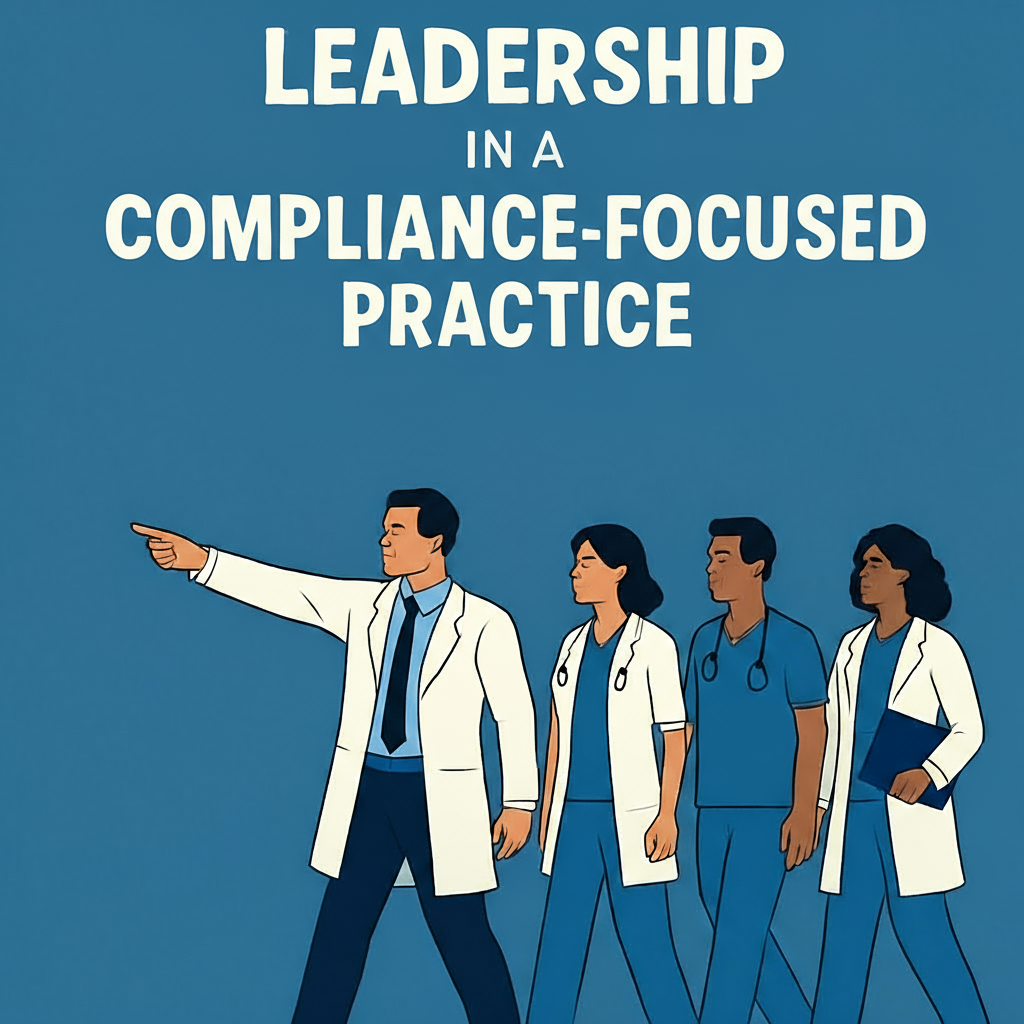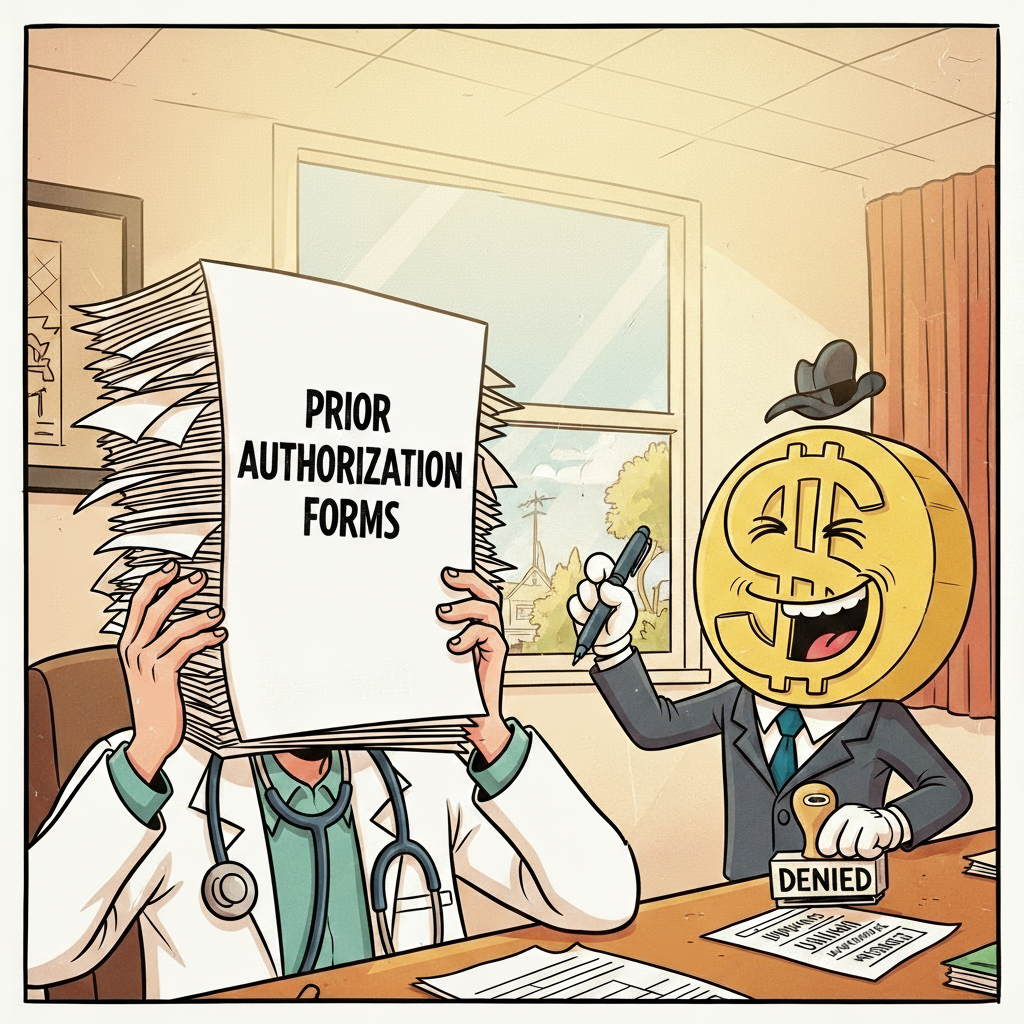
The Role of Leadership in a Compliance-Focused Practice
Doug Jorgensen
March 29, 2025
Introduction: Compliance Starts at the Top
A compliance-focused practice doesn’t happen by accident.
It’s the direct result of leadership setting expectations, modeling best practices, and creating systems that make compliance part of the culture.
If leadership doesn’t take compliance seriously, no one else in the organization will.
Why Leadership Matters in Compliance
- Sets the Standard
Leaders define what “good” looks like—policies, procedures, and expectations flow from the top down. - Allocates Resources
Compliance requires time, technology, and training. Leaders control whether those resources are available. - Shapes Culture
If compliance is viewed as a burdensome “check-the-box” exercise, staff will treat it that way.
If it’s framed as a core value, it becomes embedded in daily practice. - Provides Accountability
Leaders ensure policies are enforced consistently, regardless of role or seniority.
Leadership Responsibilities in a Compliance-Focused Practice
1. Create and Maintain Clear Policies
- Develop written protocols for controlled substance prescribing, monitoring, and documentation.
- Update policies regularly to reflect changes in law or clinical best practices.
2. Provide Comprehensive Training
- Train all staff on compliance expectations and their specific responsibilities.
- Offer refreshers when regulations change.
3. Model Compliance Behaviors
- Providers and administrators must follow the same rules they expect staff to follow.
- Demonstrating compliance builds credibility.
4. Invest in Tools and Technology
- EHR systems with PMP integration.
- Lab partnerships for urine drug testing.
- Automated reminders for follow-up visits and monitoring requirements.
5. Monitor and Audit
- Conduct regular internal audits to identify gaps before regulators do.
- Review both clinical records and operational processes.
6. Address Issues Promptly
- Regardless of a patient’s tenure, their doctor, or even if they are a relative, noncompliance must be investigated swiftly. Objective data should always be treated as such.
- .Implement and document corrective actions without showing favoritism, as this can lead to significant issues.
Building a Culture of Compliance
- Lead With the “Why” – Staff buy-in increases when they understand compliance protects patients, licenses, and the practice.
- Recognize Good Practice – Acknowledge and reward employees who consistently meet compliance expectations.
- Be Transparent – Share audit results and improvement plans with the team.
Common Leadership Pitfalls
- Delegating Without Oversight – Compliance tasks can be delegated, but accountability cannot.
- Inconsistent Enforcement – Playing favorites undermines policy credibility.
- Ignoring Feedback From the Front Line – Staff often spot compliance risks first; leaders should listen.
The Payoff of Strong Leadership
- Reduced regulatory risk and legal exposure.
- Stronger patient trust through visible commitment to safety.
- Higher staff morale when expectations are clear and fair.
- Better clinical outcomes through consistent processes.
Final Thoughts: Leadership Is the Compliance Engine
Policies and procedures are only as strong as the leaders who uphold them.
By setting high standards, providing resources, and modeling compliance, leaders ensure their practice operates with integrity—and stays out of regulatory trouble.
Compliance isn’t just a rulebook—it’s a leadership decision, reinforced every day.
About the Author
Douglas J. Jorgensen, DO, CPC, FAAO, FACOFP
Dr. Doug is a physician, consultant, and national educator on healthcare compliance, controlled substance prescribing, and practice leadership. He helps organizations build cultures where compliance is a shared responsibility from the top down.


